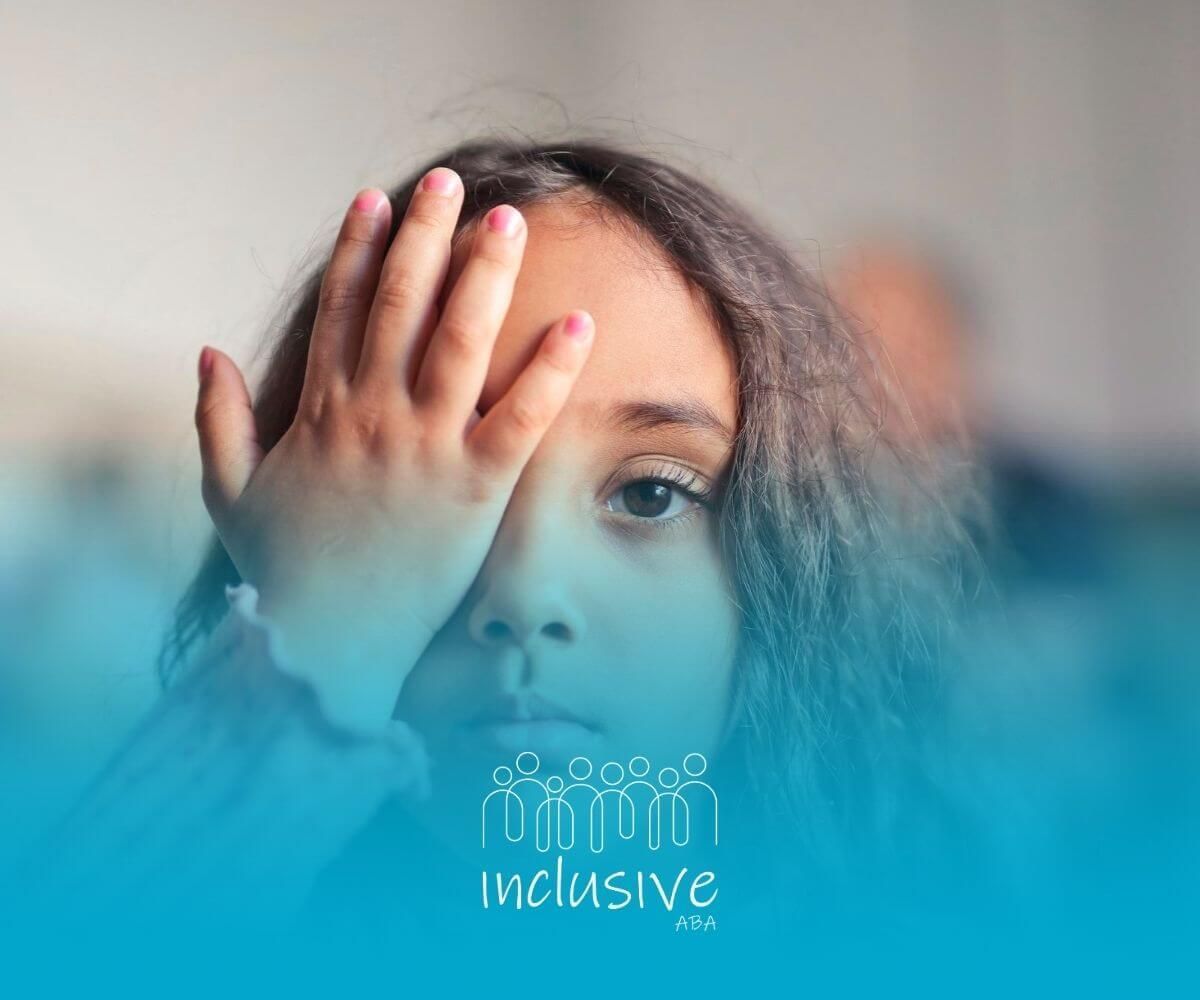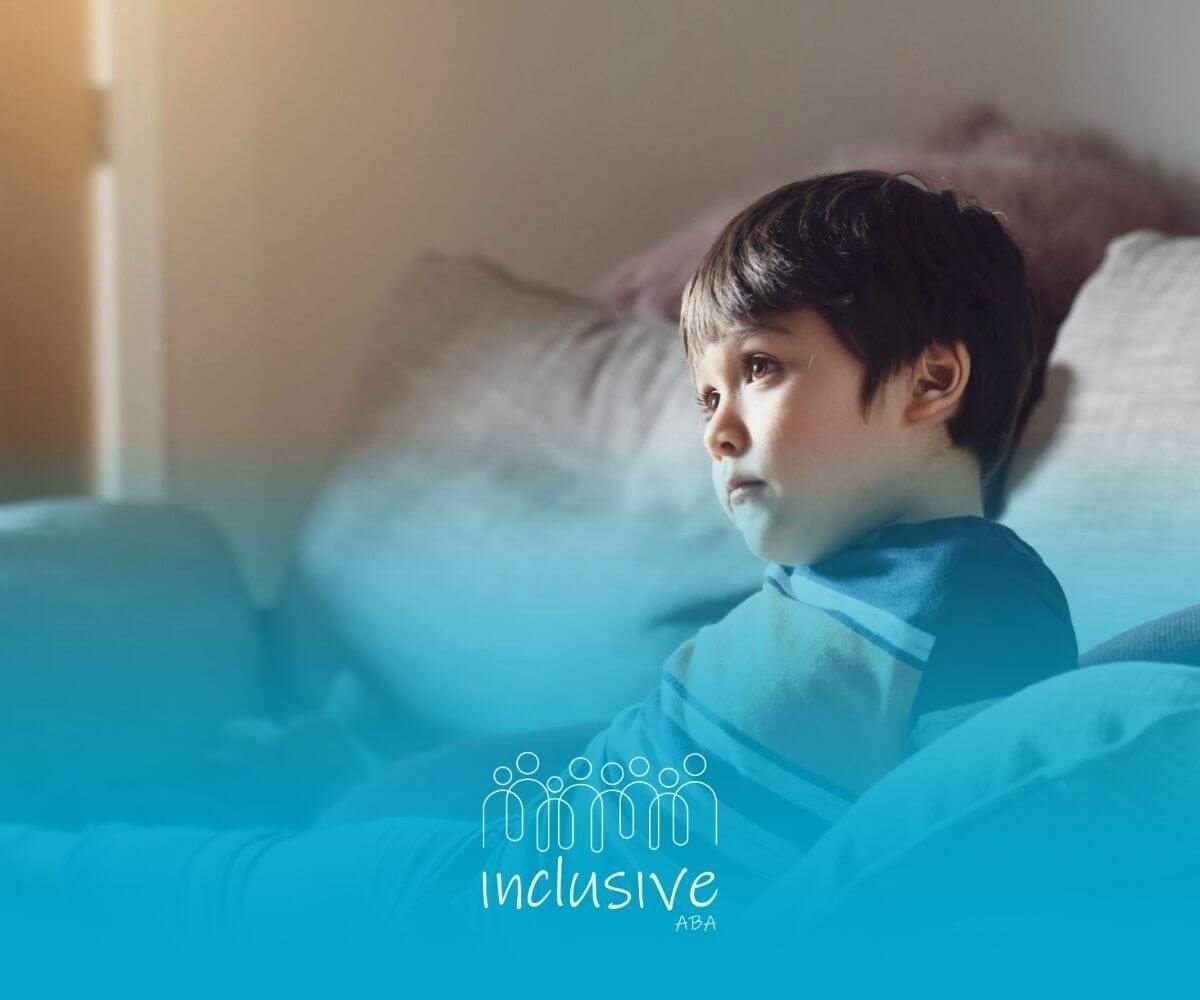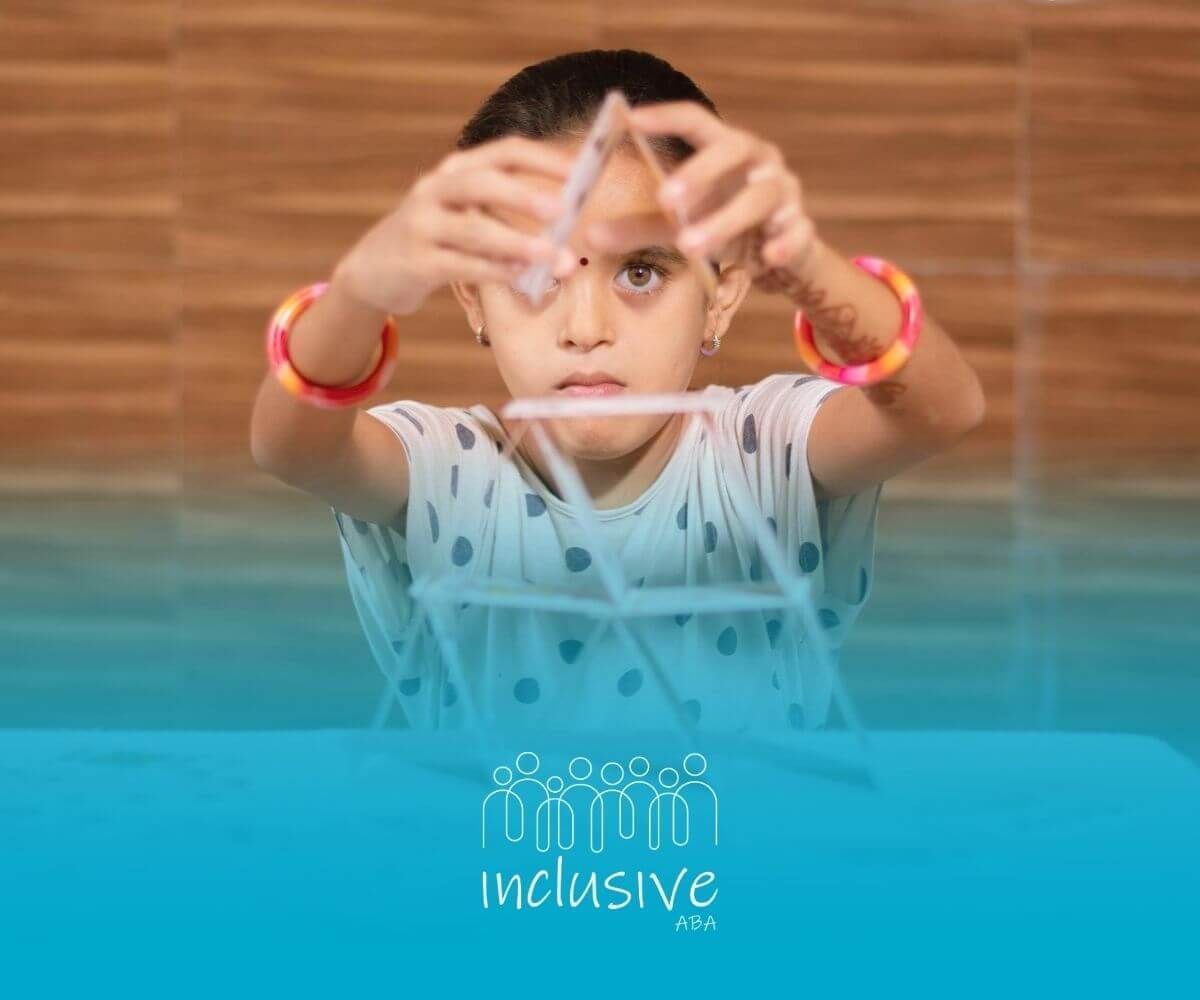Does ABA Therapy Change Behavior? Here’s What You Should Know
Key Highlights
- Applied Behavior Analysis (ABA) therapy is a science-backed approach designed to understand and improve behavior.
- The primary goal of ABA is to achieve meaningful behavior change by teaching new skills and reducing challenging behaviors.
- Customized ABA techniques are especially effective for individuals with autism spectrum disorder.
- Positive reinforcement is a core strategy used to encourage and strengthen desired behaviors.
- ABA therapy focuses on improving communication, social skills, and daily living abilities for a better quality of life.
Many parents ask me, “Does ABA really change behavior?” It’s a fair question—after all, when you’re seeking help for your child, you want to know if the time, effort, and commitment will pay off.
The truth is that ABA therapy is one of the most effective ways to create meaningful, lasting changes in behavior.
I remember working with a little boy who had daily meltdowns whenever routines were disrupted. Over time, using ABA strategies like positive reinforcement and teaching coping skills, we saw his behavior shift dramatically. Instead of reacting with frustration, he learned how to request breaks and communicate his needs calmly.
Watching that transformation unfold reminded me why I recommend autism services like home-based ABA so often—it doesn’t just change behaviors, it changes lives.
The Science Behind Behavior Change
ABA therapy is built on the science of learning and behavior. It examines how the environment shapes what we do and uses proven interventions to encourage positive change.
Why the Science Works
When we understand the relationship between a person’s actions and their environment, we can design strategies that reduce challenging behaviors and build up useful ones.
This approach is especially powerful for children with autism, helping them gain essential skills like communication, social interaction, and independence.
How ABA Impacts the Brain and Behavior
ABA works by creating new learning pathways. Because behaviors are learned, they can also be re-learned or reshaped.
Let’s say a child usually grabs toys from others. Through ABA, I might teach them to request the toy with words or gestures. When they’re reinforced for asking instead of grabbing, their brain begins to associate communication with success. Over time, this becomes the new habit—and frustration decreases for everyone.
Evidence-Based Outcomes of ABA Therapy
Research, along with my own experience, shows that ABA creates real improvements in:
- Communication and language skills
- Social interactions and friendships
- Daily living tasks like dressing, eating, or brushing teeth
- Reducing harmful or disruptive behaviors
These aren’t quick fixes. With consistency, these gains last and help children live more independently.
Research Supporting ABA’s Effectiveness
Over 20 major studies confirm that long-term, intensive ABA programs lead to meaningful improvements. This is why the American Psychological Association and U.S. Surgeon General recognize ABA as highly effective.
In my work, I’ve seen children who start ABA between ages two and six make some of the most significant progress. Structured techniques like Discrete Trial Training (DTT) break big skills into smaller steps, making learning less overwhelming and more successful.
Key Concepts and Techniques in ABA
So how does ABA actually work? Let’s look at some core strategies.
Positive Reinforcement
One of the most important techniques is positive reinforcement. By rewarding desired behaviors—whether with praise, a toy, or time on a favorite activity—we make those behaviors more likely to happen again.
The ABC Model (Antecedent, Behavior, Consequence)
This simple framework helps us understand behavior:
- Antecedent: What happens before the behavior
- Behavior: The action itself
- Consequence: What follows immediately after
By adjusting antecedents and consequences, we can encourage positive behavior and reduce negative ones.
Shaping, Modeling, and Prompting
To teach complex skills, I often use:
- Shaping: Rewarding progress in small steps
- Modeling: Demonstrating what the behavior looks like
- Prompting: Giving guidance, then fading support over time
- Task Analysis: Breaking down skills into smaller, teachable parts
Customizing ABA for Individual Needs
One of the best parts of ABA is how flexible it is. Every plan is customized to each child’s strengths and challenges.
Assessment
We begin with careful observations and data collection. This helps us understand why behaviors occur—whether for attention, to escape tasks, or sensory reasons.
Personalized Goal Setting
Goals are always specific and measurable. For example, instead of saying “improve communication,” we might set a goal like “use two-word phrases to request items within three months.”
Ongoing Monitoring
ABA isn’t static. We constantly track progress and adjust strategies when needed. This ensures therapy stays relevant and effective.
ABA Therapy for Children with Autism
ABA is considered the gold standard for autism support because it addresses both skill-building and challenging behaviors.
Expected Changes
With consistent therapy, children often develop:
- Stronger communication (spoken or alternative systems)
- Improved social skills
- Greater independence in daily routines
- Fewer disruptive behaviors
Building Social and Communication Skills
ABA breaks down social skills into simple, teachable steps. I often teach things like making eye contact, taking turns, or starting conversations. Over time, these become second nature.
Reducing Challenging Behaviors
Through functional behavior assessments, we identify why a behavior happens and teach a replacement. For example, instead of tantrums to avoid work, a child might learn to request a break. This empowers them while reducing frustration.
Conclusion
So, does ABA change behavior? Absolutely. More importantly, it helps children and families find peace, independence, and connection. By focusing on positive reinforcement, individualized goals, and continuous progress, ABA supports lasting change.
At Inclusive ABA, we’re committed to helping families thrive. We proudly provide ABA therapy in:
We also offer flexible services like home-based ABA therapy, school-based ABA, and ABA parent training.
Ready to see how ABA can support your child’s growth? Contact us today to get started!
FAQs
How long does it take to see changes with ABA therapy?
Some children show progress within weeks, while others take months. Consistency and personalized planning are key.
Are there limits to ABA’s effectiveness?
ABA is powerful, but every child is unique. Success depends on consistent application, family involvement, and adjusting strategies as needed.
What makes ABA different from other therapies?
ABA is evidence-based, data-driven, and highly individualized. Plans are overseen by board-certified analysts, ensuring quality and measurable results.
Sources:
- https://pmc.ncbi.nlm.nih.gov/articles/PMC9458805/
- https://pmc.ncbi.nlm.nih.gov/articles/PMC9380934/
- https://pmc.ncbi.nlm.nih.gov/articles/PMC11487924/
- https://www.autismspeaks.org/applied-behavior-analysis
- https://my.clevelandclinic.org/health/treatments/25197-applied-behavior-analysis
Looking for Expert Help? We're Here for You!
Our compassionate and skilled team is devoted to enhancing your child's development through customized ABA therapy. Let us partner with you to create a supportive environment for your child's success.
Discover how we can help your family thrive with expert ABA therapy.
Related Posts







